Intel’s 4th generation “Haswell” processor to make formal debut at Computex, June 3rd

This new line of CPUs will power laptops, ultrabooks and other portable devices. In fact, Intel has already started shipping the new silicon to OEMs.

Haswell is promised to bring a significant boost in performance will being as much as 41% more power efficient. That means great things are in store for the Computex event as well as new hardware that will be making its way to market as early as this summer. It is possible we may get a glimpse of what Microsoft has in mind with Windows Blue around this time as well so this could be a super-sized event.
The first Haswell chips will be quad-core units for higher-end laptops, but the power efficiency of these CPUs all but guarantees that we will see them in ultra-books and smaller laptops. It is also expected that Google’s Pixel Chromebook will adopt the Haswell chip.
ARM CEO: by 2014, mobile devices will be powerful but consume less energy

East said that he has 17 partners licensing the big.LITTLE technology including the Korean based Samsung."I'm not surprised that Samsung managed to get a big.LITTLE phone to market this year because they are a very capable, determined outfit and there is a lot of marketing kudos in being first to market." But he believes that 2014 will be the big year for ARM.
The executive expects to see demand for computing power expand 30 times over the next decade but sees battery capacity only having to double over the same time period. The company licenses its IP to customers and East says that ARM succeeds by talking to customers and its customers' cusatomers to better serve the markets it covers. He also noted that doing the right thing doesn't always mean moving in a straight line. "Take big.LITTLE for instance: we introduced the A9 processor then the A15 and then A7. It's a bit like rock climbing, you don't take all your limbs off the wall at the same time," East said.
Microsoft’s Next Xbox to be Revealed on May 21st, 2013

Just think, in less than a month’s time, Microsoft will give us a reason to call the next Xbox something other than the Xbox 720. That might just be better news than anything they could possibly reveal at their upcoming showcase.
Both Game Informer and Kotaku have now confirmed that Microsoft is sending out invitations to select members of the press for their next Xbox unveiling. The presentation is set for 10am on May 21st, 2013 at Microsoft’s Redmond headquarters.
Nokia Set to Unveil New Lumia in London on May 14

Nokia just sent out press invites for an event that will occur in London at 10a.m. local time and will last until 4p.m. That’s quite a lengthy event, and the company promises that it will share the “next chapter of the Lumia story” during the event. It also slightly hid the text of “see what’s next” in the invite.
That certainly suggests at least one product announcement is going to happen, possibly more. There are several possibilities, including the unveiling of a quad-core EOS Windows Phone destined to AT&T with a 41-megapixel camera sensor, the Lumia 928 for Verizon or the highly rumored all aluminum Catwalk handset.
Vine for Android Coming Soon

Vine launched for iOS on January 24 as a Twitter product that allows users to take quick 6.5 second snapshots of the life around them and upload them to Twitter. Users can follow one another on the service, too, and like or comment on the often artistic little snapshots of our lives. Vine was sweetened up a bit more in March when Twitter made it even easier to embed video clips on websites with different border options. Now Vine is about to reach an even larger audience.
The company told The Verge recently that an Android version is coming soon, but didn’t say exactly when we can expect it to hit the Google Play store. The iOS application will also receive an update that will allow Vine users to tag friends inside video clips, and the company said that the update has already been submitted to Apple for approval into iTunes.
We’re looking forward to seeing what other sorts of features Twitter has in mind for Vine down the road, and certainly can’t wait for its debut on Android.
Qualcomm Snapdragon 800 going into mass production in late May

Qualcomm did not specify which exact devices will feature it, but of course it’s likely that we will see the chip in high-end devices.
The Snapdragon 800 is the next step of the evolution of Qualcomm’s chips, an improvement over the Snapdragon 600 that is now part of the best performing devices on the market today. The HTC One, Samsung Galaxy S4 and LG Optimus G Pro all use the Snapdragon 600 with its Krait 300 processor.
In Snapdragon 800, we have a pretty dramatic bump up in performance. The chip features a quad-core Krait 400 processor clocked at up to 2.3GHz. The new Krait 400 processor comes with enhanced memory interface, with 2x32 LPDDR3 memory interface, lower latency to the main memory and quicker L2 cache.
It also features the new Adreno 330 GPU bringing a nearly 50% improvement in graphics performance over Adreno 320, and nearly doubling compute performance.
It support 4K HD video capture and playback at 30fps. It also supports cameras of up to 55 megapixels.
The new chip will be manufactured using 28nm HPm, which is the High-K + Metal Gate process, with optimized power output at maximum loads. This is a departure from the standard 28nm LP manufacturing process used until now.
Android notebooks are coming soon, to cost as low as $200

Intel chief executive just last week said that touchscreen computers could launch in the coming months for prices of around $200.
While it was not clear what kind of software those machine would run on, it is now confirmed that the majority will be Android devices running on an intel atom silicon. As to Windows 8 notebooks at those price points, their arrival depends a lot on Microsoft’s decisions.
"We have a good technology that enables a very cost-effective price point," Perlmutter said. Windows 8 laptop pricing "depends on how Microsoft prices Windows 8. It may be a slightly higher price point."
Intel expects convertible tablet/notebook form factors to pick up quickly in the near future and thePC market in general to accelerate in the second half of the year.
Intel also said it is ready to ship multimode LTE-packing processors by mid-year, and this is a type of chips Qualcomm for instance has offered long ago, which granted it head space in the mobile space. In 2014 Intel will bring a mobile chip with LTE integrated with the application processor.
Water and dust resistant Sony Xperia ZR is in the works
 Xperiablog
got some information that Sony will soon announce and launch the Xperia
ZR smartphone with a 720p display, a quad-core processor and a 13MP
camera.
Xperiablog
got some information that Sony will soon announce and launch the Xperia
ZR smartphone with a 720p display, a quad-core processor and a 13MP
camera.The Sony Xperia ZR will share lots of features with the Xperia Z flagship - a quad-core 1.5GHz processor (Snapdragon S4 Pro chipset), 2GB of RAM and a 13MP Exmor RS camera. Impressively, the Xperia ZR will be and even better protected, featuring IP58 rating for resistance under 1.5 meters of water for prolonged time. It will be dust proof too.
The Sony Xperia ZR 720p screen will reportedly measure 4.6" in diagonal, its internal memory will be 8GB, while the battery will have 2300mAh capacity. The Xperia ZR is rumored to be 10mm thick and to weigh 140 grams. Also we can expect the shell to be similar to the Xperia ZL one rather than the dual-glass Xperia Z body.
If this info is indeed true we guess the official announcement should happen soon.
LG Optimus G Pro for AT&T image and specs leak out
With less than a week left until its scheduled unveiling, the full specifications of the LG Optimus G Pro for AT&T emerged, together with a press image. The handset will go official next week, on May 1st, at an event in New York City.
The specifications of the US bound LG flagship are mostly in line with those of its Korean sibling which we extensively reviewed. They include quad-core Qualcomm Snapdragon 600 chipset, 2GB of RAM, 32GB of built-in memory, microSD card slot, and a 13MP main camera.
Curiously however, the US version of the LG Optimus will sport a Full HD IPS display panel, as opposed to a True HD-IPS+ one in its Korean sibling. Naturally, the US version will support different bands in order to play nice with AT&T's LTE network.
Software-wise, the AT&T LG Optimus G Pro will ship with Android 4.1.2 Jelly Bean, enhanced by the usual host of LG software tricks. AT&T's own additions are said to be kept to a minimum.
We will be live from the US LG Optimus G Pro's unveiling next week, so be sure to tune in for the full scoop on the device.
Dual-SIM Samsung Galaxy S4 Duos launches with Exynos 5 Octa chip

The Galaxy S4 Duos features the same gorgeous 5-inch 1080p full HD Super AMOLED screen and runs on an Exynos 5 Octa chip with each of the cores clocked at 1.6GHz.
Otherwise, here is a quick rundown of the technical specs of the S4 Duos:
- 5” 1080 x 1920 Super AMOLED screen
- Exynos 5 Octa @ 1.6GHz
- PowerVR SGX 544MP3 graphics with 2GB of RAM
- 13-megapixel camera recording 1080p videos at 30fps
- 2.1-megapixel front camera
- Android 4.2.2 Jelly Bean with Samsung’s new TouchWiz UX 2.0
- Samsung’s Smart Features: Smart Stay, Smart Pause, Smart Scroll and Smart Pause, Air Gestures, S Voice, S Health and S Translator.
Dell introduces XPS 10 Windows RT tablet with 4G LTE connectivityDell’s
 XPS 10 running Windows RT
has been available since the launch of Windows RT last October. Like
all the other Windows RT tablets out there, its connectivity relied
solely on Wi-Fi networks with no cellular connectivity options. Today,
Dell announced the option of adding 4G LTE connectivity for the XPS 10
line of tablets, with service provided by AT&T.Customers can activate the service quickly and easily, right from the tablet
if they choose. AT&T has a $10 per month data add-on feature or a
stand-alone $30 per month data plan. People that want to buy the LTE
equipped XPS 10 have to opt for the 64GB model.
That, along with the LTE radio bring the initial retail price to $599.
Dell offers some additional savings for those that order the mobile keyboard dock to go with their tablet, bringing the total to $750.
Dell brings a feature that is lacking from the other Windows RT tablets
to the XPS 10. The wireless integration should be seamless too as it is
powered by a Qualcomm Snapdragon CPU and Qualcomm is known for solid
LTE integration with its chipsets. While it may seem a bit pricey,
remember that it is a tablet with a keyboard dock, undercutting a 64GB
LTE equipped apple ipad by $80 and it is only $50 more expensive than a Wi-Fi only version of the same iPad. If you forgo the keyboard dock altogether, you are saving over $200 versus a similarly equipped iPad.Granted,
there are some distinct differences, most notably the display.
However, given what most people use tablets for, and the fact that you
get Office and OneNote in the deal, it is worthy of consideration.
XPS 10 running Windows RT
has been available since the launch of Windows RT last October. Like
all the other Windows RT tablets out there, its connectivity relied
solely on Wi-Fi networks with no cellular connectivity options. Today,
Dell announced the option of adding 4G LTE connectivity for the XPS 10
line of tablets, with service provided by AT&T.Customers can activate the service quickly and easily, right from the tablet
if they choose. AT&T has a $10 per month data add-on feature or a
stand-alone $30 per month data plan. People that want to buy the LTE
equipped XPS 10 have to opt for the 64GB model.
That, along with the LTE radio bring the initial retail price to $599.
Dell offers some additional savings for those that order the mobile keyboard dock to go with their tablet, bringing the total to $750.
Dell brings a feature that is lacking from the other Windows RT tablets
to the XPS 10. The wireless integration should be seamless too as it is
powered by a Qualcomm Snapdragon CPU and Qualcomm is known for solid
LTE integration with its chipsets. While it may seem a bit pricey,
remember that it is a tablet with a keyboard dock, undercutting a 64GB
LTE equipped apple ipad by $80 and it is only $50 more expensive than a Wi-Fi only version of the same iPad. If you forgo the keyboard dock altogether, you are saving over $200 versus a similarly equipped iPad.Granted,
there are some distinct differences, most notably the display.
However, given what most people use tablets for, and the fact that you
get Office and OneNote in the deal, it is worthy of consideration. Oppo unveils 6.9mm thin mid-ranger, the R809T
Earlier this month a there was a rumor that Oppo is working on a 6.1mm thick smartphone, the R809T. Well, that phone is now official in China, but it’s thicker than that – at 6.93mm it's quite slim but can't beat the Oppo Find (6.65mm).
The Oppo R809T sits somewhere between the Find 5 flagship and the Find in terms of specs. It boasts a quad-core 1.2GHz processor with 1GB of RAM, runs Android 4.2 Jelly Bean, a 4.7” 720p in-cell screen, an 8MP main camera and a 2MP secondary camera with an 88° field of view.
There’s no launch date or price for the Oppo R809 just yet.
LG will announce a smartphone with flexible display before year's end

Sooner or later, a phone with flexible screen will launch on the market – that is pretty much imminent. After all, we have two of the biggest players on the market – Samsung
and LG, working on that as we write these very lines. Which one of them
will introduce such a device first, however, is something we cannot
give a definite answer yet, although it seems like the latter will be
ready with its offering before 2013 is out.
In fact, LG is promising that it will announce a smartphone with a flexible screen in Q4 of this year.
Word comes from Yoon Bu-hyun – vice president of mobile at LG, who said
that his team was developing one in partnership with LG Display. The
screen will be made using OLED technology, according to the report.
Note that while this LG smartphone
will have a flexible display, the handset itself won't bend or anything
like that. The rigid circuitry and battery inside it will surely make
that impossible. Instead, chances are that we'll see a handset with
screen that wraps around the edges – perhaps something that closely
resembles one of these Samsung prototypes that were shown off earlier this year.
In the meantime, Samsung is planning on launching a phone with flexible OLED screen as well, but its launch might have been delayed.
The never-released WinsorNot webOS phone finally comes to light

The WinsorNot was a device named after a
previously cancelled device which was codenamed Winsor (clever, eh?) and
was designed to be released in late 2011, after the Pre 3 came out. The
WinsorNot was very similar to the Pre 3, with the same internals and a
similar slider
design, but with a larger 4" display and webOS 3.x. The trouble was
that webOS 3.x wasn't exactly optimized for phones, and was more of a
shrunk down version of the tablet OS.
HP didn't have the resources to develop everything in the pipeline (Pre
3, Veer, Touchpad, and Touchpad Go) so the WinsorNot was scrapped.
Intel-powered Lenovo Ideaphone K900 goes on sale on May 6

Scheduled to go on sale on May 6, the K900 will be equipped with not feature any of the numerous ARM-based processors around, but will instead be equipped with Intel's dual-core Atom Z2580 Clover Trail+, clocked at 2 GHz. We really doubt it that Lenovo will be able to squeeze more power from this processor compared to the better ARM solutions available, so we guess this move is supposed to attract attention to the product, rather than add some form of value.
Anyways, we've tested the phone on a few occasions and it ran just fine. It's also very cool-looking, although quite big, due to the rectangular shape and gigantic, 5.5" 1080p display. So, yes, this should technically be considered a 'phablet', if 'phablet' could really be considered a technical term...
The bad news here is that the Lenovo Ideaphone K900 will likely remain in China, at least initially. We're not aware of any specific plans by Lenovo to bring the K900 to other markets like Europe, but let's keep our fingers crossed and see what happens!
Samsung Galaxy Note III might feature an OLED display made from plastic substrate
The next generation Galaxy Note phablet has been doing the rounds in Rumorland for quite some time now and according to the latest speculations, it might feature an OLED display, made from a plastic substrate.
Samsung Galaxy Note III is expected to feature a 5.99″ OLED screen, which with conventional RGB matrix (as opposed to PenTile), along with the Full HD resolution. The OLED display with the plastic substrate will be much thinner and lighter than that of the conventional LCD or OLED. The thickness of the plastic display is only about 0.5mm when compared to that of LCD’s 3.2 mm and OLED’s 1.5mm
The plastic display weighs only about 50 grams, whereas the LCD displays of this size weigh about 150 grams and OLED screens weigh about 100grams. Furthermore, the plastic screens are much harder to break, when compared to their glass alternatives.

The latest OLED displays with the plastic substrate will surely help Samsung to reduce the thickness of its third-gen phablet and will eventually allow the company to produce smartphones with curved displays.
New Windows Phone 8 devices appear in server log, including one from Samsung
 The
log comes from Chinese app Love Wallpaper HD, and shows one device from
Huawei (H889L), one from Samsung (SCH-I930), and two from Nokia
(RM-860_nam_usa_100 & RM-877_nam_att_205). Since Huawei doesn't
have too many devices in the pipeline, it's assumed that the device
shown here is the Ascend W2. It's unclear what any of these model numbers might actually point to though.
The
log comes from Chinese app Love Wallpaper HD, and shows one device from
Huawei (H889L), one from Samsung (SCH-I930), and two from Nokia
(RM-860_nam_usa_100 & RM-877_nam_att_205). Since Huawei doesn't
have too many devices in the pipeline, it's assumed that the device
shown here is the Ascend W2. It's unclear what any of these model numbers might actually point to though.Nokia Asha 210 goes official
Today Nokia unveiled the latest addition to its Asha lineup. The QWERTY-packing Nokia Asha 210 featurephone comes in both single SIM and dual-SIM flavors and brings entry level functionality at an extremely attractive price point.
Nokia Asha 210 single SIM version
Combining a 2.4" LCD screen of QVGA resolution (320 x 240 pixels) with a four-row full QWERTY keyboard, the Nokia Asha 210 is targeted at younger users that do lots of texting and have a limited budget.
Nokia Asha 210 is the first handset to feature a dedicated WhatsApp button, which gives you quick access to the instant messing app that comes preinstalled.
The Asha 210 comes with Wi-Fi connectivity and a dedicated Wi-Fi on/off hardware toggle. Sadly the feature phone lacks any fast cellular network support like 3G or LTE, settling for dual-band GPRS/EDGE. Local connectivity is covered by microUSB and Bluetooth.
The Nokia Asha 210 offers a 2 megapixel camera at the back, but there's no front-facing snapper. The handset has a 3.5mm audio jack and while its internal memory is limited to just 64MB, there's a microSD card slot for expanding it by up to 32GB.
Nokia Asha 210 dual SIM version
The dual-SIM version will also come with support for Easy Swap, meaning you can exchange the secondary SIM without powering off the handset.
The Nokia Asha 210 is going to be available in yellow, cyan, black, magenta, and white when it goes on sale (sometime in this quarter). The estimated retail price for the Nokia Asha 210 is around $72.
First Firefox OS phones available now, designed for developers
The two phones are made by Geeksphone, which is a young Spanish manufacturer established in 2009. The cheaper of the two, called Keon, sports a pretty modest 3.5" HVGA screen, 3 MP camera and an aging Snapdragon S1 processor clocked at 1GHz. However, the handset retails for $119, so the low-end specs are justified. The other smartphone, called Peak, is designed to be much more powerful, as it comes with a bigger, 4.3" qHD IPS display, dual-core Snapdragon S4 processor clocked at 1.2 GHz, and an 8MP camera. The Peak can be purchased for $194 off contract.
The makers of Firefox OS are initially targeting developing markets like China and India, which explains the relatively modest characteristics of the first Firefox handsets. Moreover, the Keon and Peak are meant to be developer phones, so users might want to wait a bit more before going for it.
Unfortunately, both handsets are currently listed "Out of stock" at Geeksphone's website, so even developers will have to wait until they can get their hands on one. If you want to try your luck, just head through the source link below, which will take you to Geeksphone's online store.
 |  |
Geeksphone Keon
|
Geeksphone Peak
|



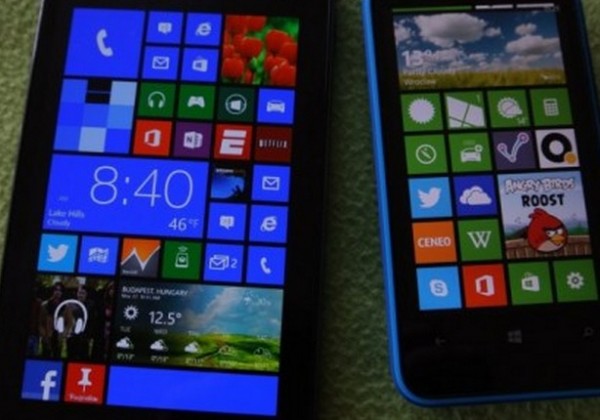






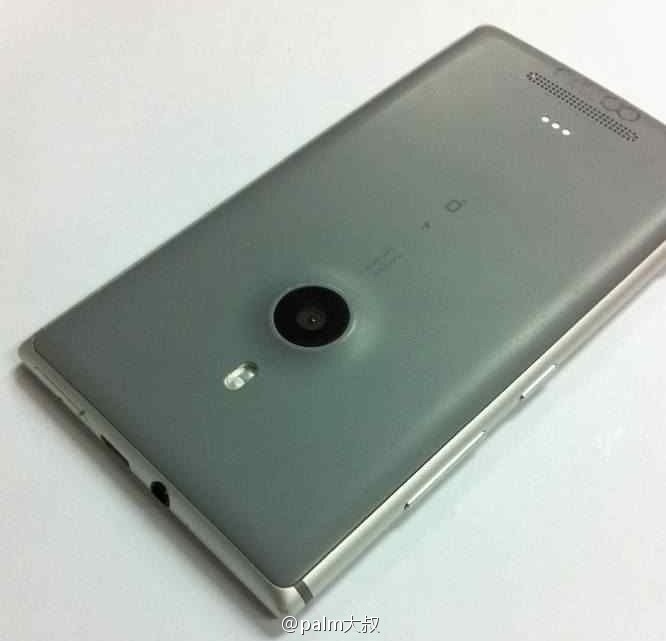
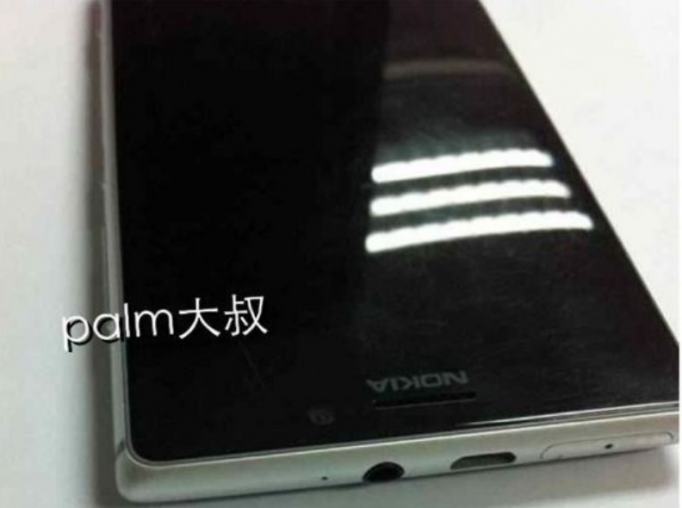




 The Samsung Galaxy S4 mini has been tentatively confirmed by two official sources – Samsung SVP Lee Keon Hyok and Samsung’s support page. We can add one more to the list, the User Agent profile.
The Samsung Galaxy S4 mini has been tentatively confirmed by two official sources – Samsung SVP Lee Keon Hyok and Samsung’s support page. We can add one more to the list, the User Agent profile.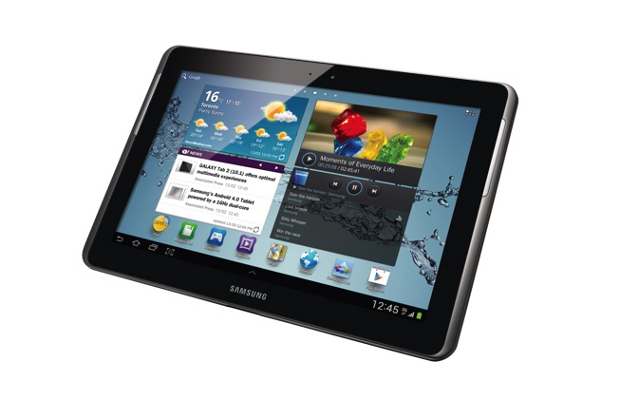

 The
leak of the day comes courtesy of popular Twitter channel evleaks,
which has gained a serious reputation for its reliable photo leaks in
the past.
The
leak of the day comes courtesy of popular Twitter channel evleaks,
which has gained a serious reputation for its reliable photo leaks in
the past.







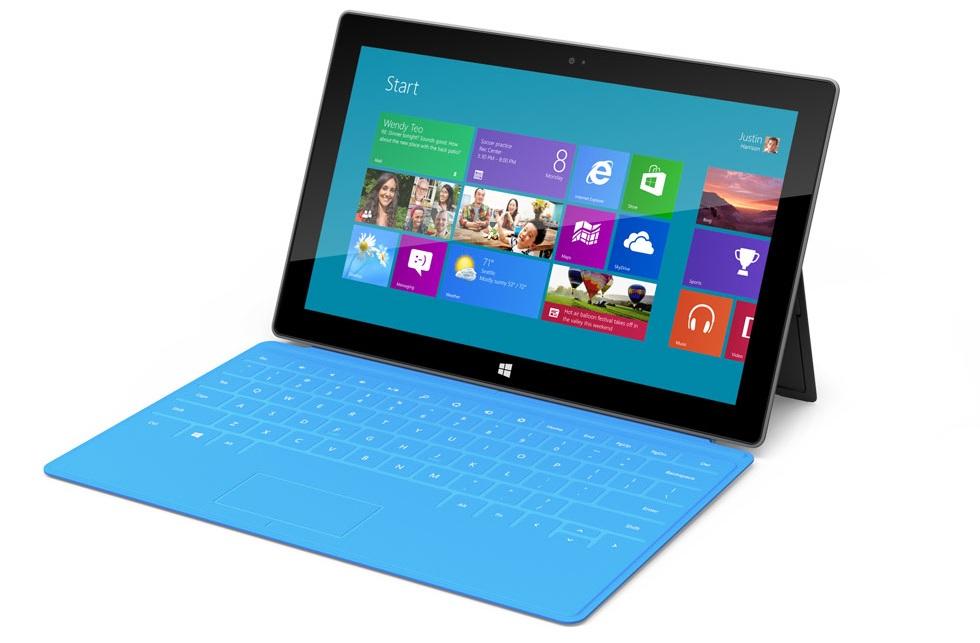


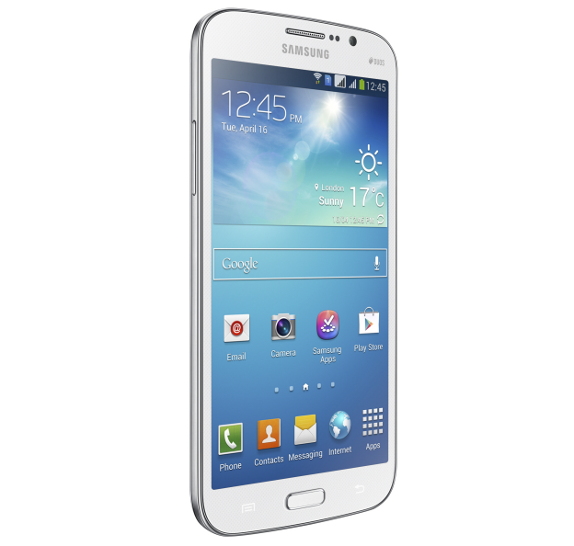
 Samsung has finally announced the rumored Galaxy Mega line of smartphones. The Galaxy Mega 6.3
is the high-end device in this series that has a 6.3-inch HD ( 1280 x
720 pixels) TFT capacitive touch screen display, powered by a 1.7 GHz
dual-core processor and runs on Android 4.2 (Jelly Bean). It has a 8MP
auto-focus rear camera with LED Flash and a 1.9 MP front-facing camera.
This phone lies between the 5.5-inch Galaxy Note 2 and the 7-inch Galaxy Tab 2 7.0 / Galaxy Tab 2 310. Huawei unveiled the Ascend Mate with a 6.1-inch HD display at CES 2013 earlier this year.
Samsung has finally announced the rumored Galaxy Mega line of smartphones. The Galaxy Mega 6.3
is the high-end device in this series that has a 6.3-inch HD ( 1280 x
720 pixels) TFT capacitive touch screen display, powered by a 1.7 GHz
dual-core processor and runs on Android 4.2 (Jelly Bean). It has a 8MP
auto-focus rear camera with LED Flash and a 1.9 MP front-facing camera.
This phone lies between the 5.5-inch Galaxy Note 2 and the 7-inch Galaxy Tab 2 7.0 / Galaxy Tab 2 310. Huawei unveiled the Ascend Mate with a 6.1-inch HD display at CES 2013 earlier this year.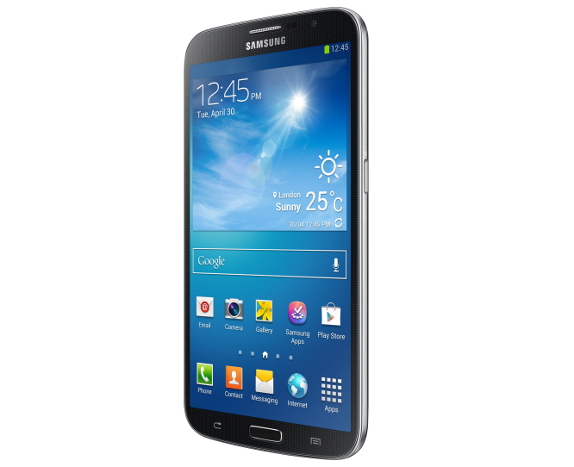

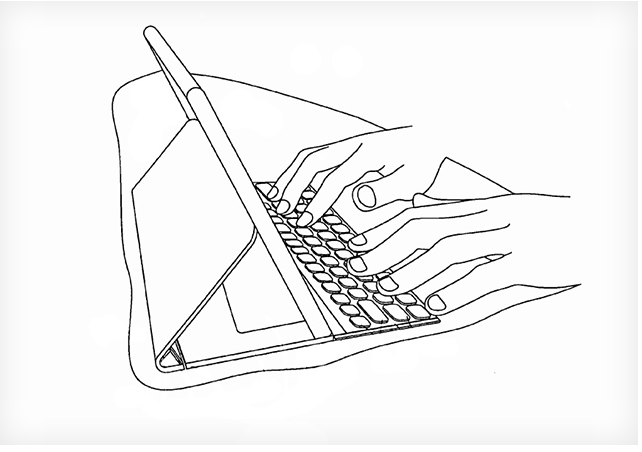 Nokia
have been toying with tablet designs and concepts for a while now,
everybody knows this; but nobody knows exactly what or when it’s coming.
A recently unveiled patent application shows a Nokia tablet concept with a keyboard and a kickstand that “envelopes” the device (which matches the rumors we’ve heard before).
The patent application was filed before Microsoft unveiled its surface
tablet; which has its now iconic flip out kickstand (which seems to be
the only feature they’re capable of marketing).
Nokia
have been toying with tablet designs and concepts for a while now,
everybody knows this; but nobody knows exactly what or when it’s coming.
A recently unveiled patent application shows a Nokia tablet concept with a keyboard and a kickstand that “envelopes” the device (which matches the rumors we’ve heard before).
The patent application was filed before Microsoft unveiled its surface
tablet; which has its now iconic flip out kickstand (which seems to be
the only feature they’re capable of marketing).




